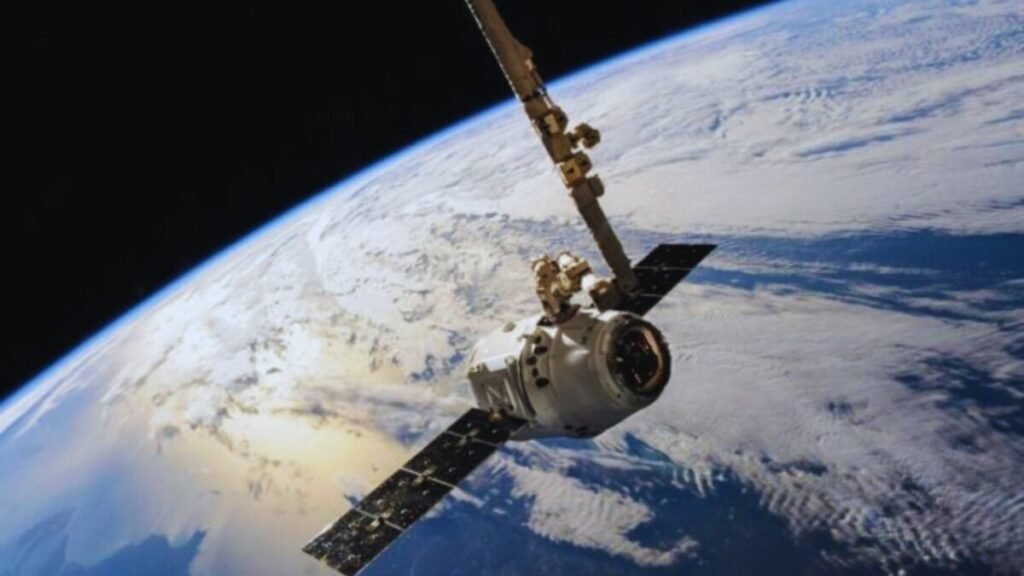Analysis of the Presence of a Starlink Satellite in a Highly Secrete Chinese Air Base in the Gobi Desert.

Space is not only measured in rockets or orbiting stations, but also in the satellites that fill the sky. An example of this occurred in August in the Gobi Desert, where China tried to keep a certain event out of foreign eyes.
An unexpected guest snapshot

During that event, the Dingxin base, a crucial facility for Chinese fighter training, was clearly captured in a photo. A bright streak in the corner of the image turned out to be satellite number 33,828. This unexpected encounter, resulting from an orbital crossing at a speed of 8 km per second, created chromatic reflections on the ground resembling an artificial rainbow.
When physics creates art

According to Susanne Hake, the striking visual pattern seen in the image was a result of merging high-resolution black and white data with color information. This unintentional creation of art from a technical challenge highlights how physics can lead to unexpected outcomes. “Physics turned a technical image challenge into accidental art,” she wrote on LinkedIn.
An increasingly crowded orbital sky
The backdrop to this anecdote is less poetic: SpaceX now has over 8,300 Starlink satellites in operation, with this number continuing to rise. The reflections of their light can cause issues for optical telescopes, while their emissions can interfere with radio telescopes, affecting studies of distant galaxies.
Events like the one at Dingxin’s base remind us that, although rare, spectral coincidences can occur in the ever more crowded orbital space.




